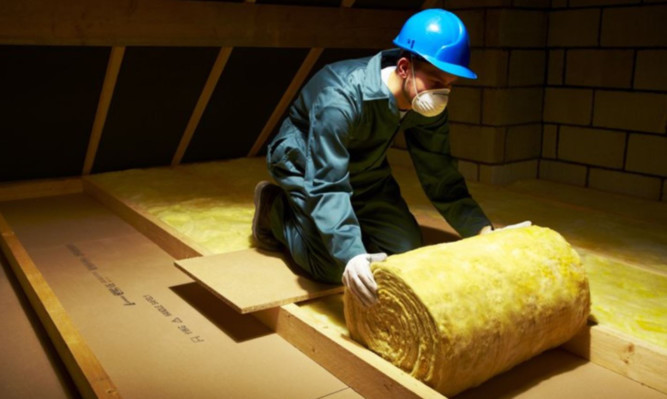The next Scottish government has been urged to set the goal of ensuring all homes achieve minimum standards for energy efficiency within a decade, as new figures revealed there could be almost 1.5 million cold properties across the country.
The Existing Homes Alliance, a coalition of housing, environmental, fuel poverty and industry organisations, estimates more than 1,482,300 homes have an energy efficiency rating lower than C, placing them in the “cold homes” category.
The data, published in the run up to May’s Holyrood election, shows that in two Highland constituencies – Caithness, Sutherland and Ross, and Skye, Lochaber and Badenoch – a total of 81% of homes fall into this category.
The National Institute of Health and Care Excellence (Nice) has recommended properties should at least have an EPC (energy performance certificate) rating of C to help reduce the health risks associated with living in a cold home.
But in Holyrood’s Highlands and Islands region, more than three quarters (76%) of properties fail to meet this standard.
The North East Scotland region has the highest number of properties that fall below EPC C standard, with this estimated to be 211,900.
The Scottish Federation of Housing Associations (SFHA) – which is part of the Existing Homes Alliance – is calling for the next Scottish government to set the target of all homes being brought up to EPC C standard by 2025.
SFHA chief executive Mary Taylor also urged ministers to provide sufficient funding to achieve this.
She said the figures show the “serious challenge of tackling fuel poverty in Scotland and highlight the need for greater investment in the energy efficiency of Scotland’s homes”.
Ms Taylor added: “Setting this standard and, crucially, providing the necessary funding to support it, would reduce fuel poverty and improve the health and well-being of people currently living in cold, damp homes. The investment in insulation and other measures would also create jobs in communities across Scotland.
“While research shows that housing associations have the most energy-efficient homes in Scotland, their tenants are as likely to be in fuel poverty as the average Scottish household as housing association tenants are, on average, on lower incomes.
“It is therefore vital that social landlords receive support to invest in the energy efficiency of their homes, particularly hard to treat homes, in order to protect their tenants from the impacts of rising fuel prices and the effects of fuel poverty.”
